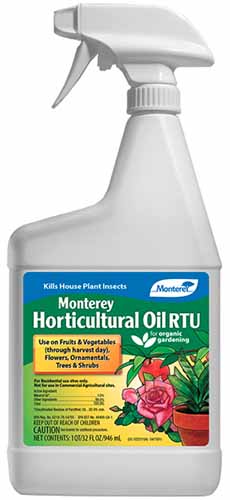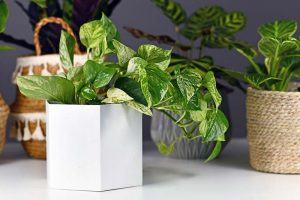Pilea involucrata
In a world fraught with antagonism and opposition, something as wholesome as the friendship plant can be a breath of fresh air.
A cute and compact clump of foliage, Pilea involucrata is a must-have for any houseplant connoisseur. And with very minimal care requirements, it’s easy to grow and even easier to love.
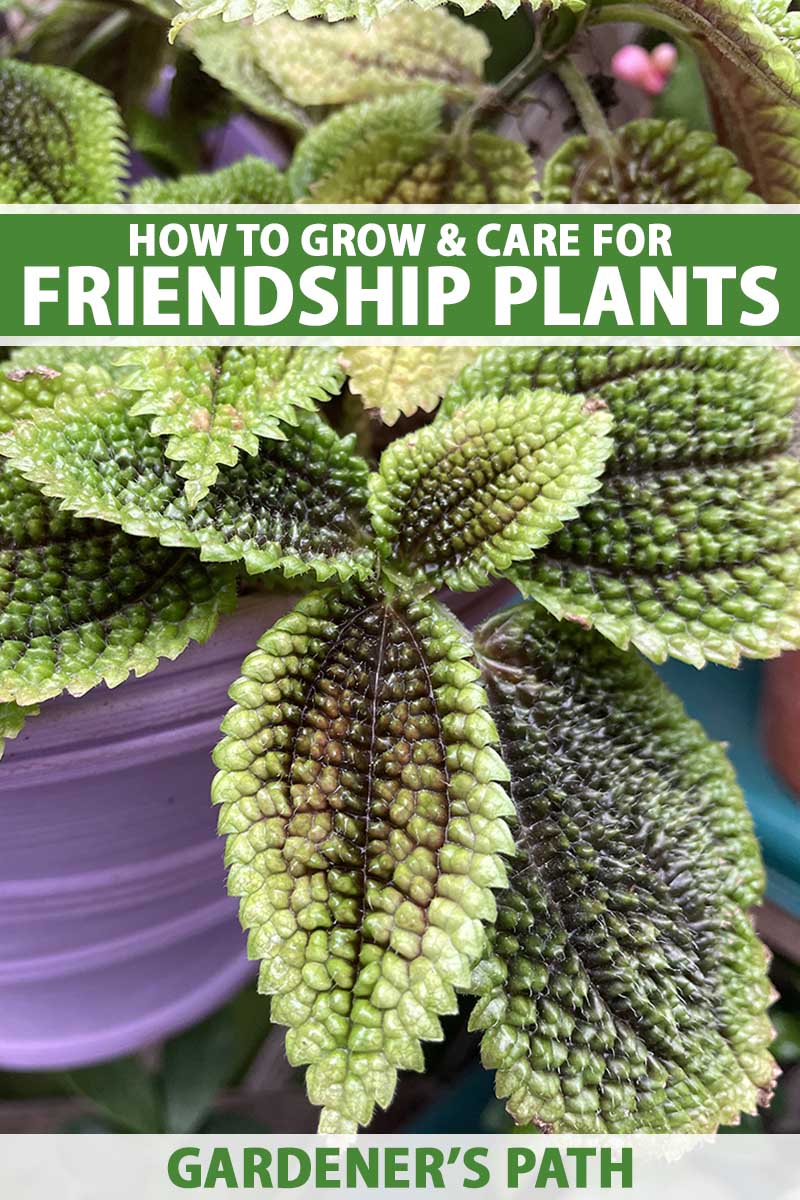
We link to vendors to help you find relevant products. If you buy from one of our links, we may earn a commission.
As a pretty perennial that’s simple to propagate and share, the friendship plant is a wonderful gift for giving to your pals, both new and old.
I mean, if somebody just walked up and handed me one of these little beauties, we’d definitely at least become acquaintances, if not full-fledged friends.
But before you go and grow your friendships, you’ll need to grow them first. This guide will teach you exactly how.
Here’s what I’ll cover:
What You’ll Learn
What Are Friendship Plants?
Hardy in USDA Zones 11 to 12, friendship plants – aka Pilea involucrata – are tropical herbaceous perennials from the Urticaceae, or nettle family.
Friendship plants are native to southern Central America, northwestern South America, and select islands of the Caribbean.
In the wild, they tend to grow on the forest floor, where they receive dappled light that trickles through tropical tree canopies.
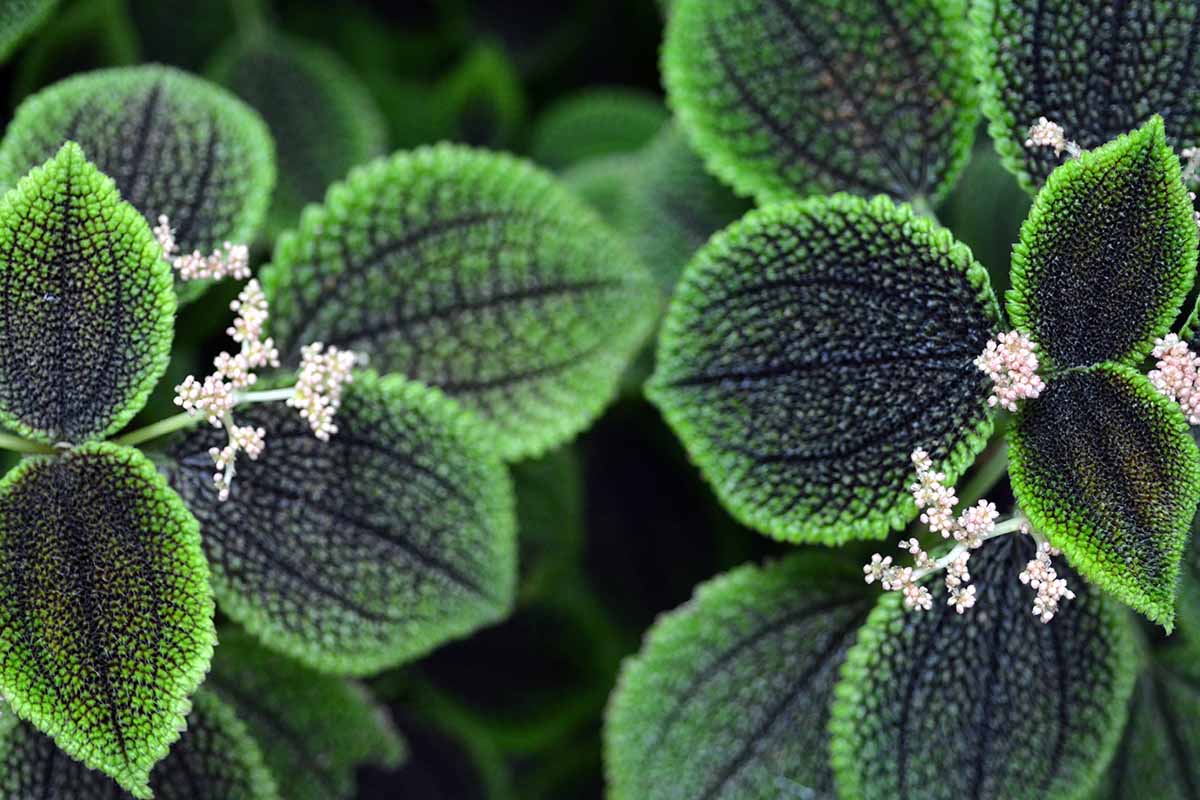
Individually, friendship plants aren’t very big, as they only reach heights of six to 12 inches and spreads of three to 12 inches at maturity.
However they spread via basal offsets, which can take over an open area or occupy the niches in an already crowded one.
Ovate, velvety, deeply veined, and about one to three inches long, the oppositely arranged leaves burst with shades of vibrant colors.
In general, they have light green edges and darker green centers, with dark reddish purple undertones throughout.
Depending on genetics and growing conditions, exact shades and hue intensities can differ between and even within specimens – how cool is that?

In spring, clusters of tiny green to pink flowers bloom from terminal buds. Although they’re not as visually significant as the leaves, they’re still an aesthetic treat!
Friendship Plant Propagation
Propagation can be a tricky part of plant parenthood – but not with friendship plants! Let’s go over some propagation techniques.
From Stem Cuttings
Friendship plants can be easily propagated via stem cuttings.
In spring, using a sharp and sterile blade, take three-inch cuttings from healthy-looking shoots, each with multiple nodes and sets of leaves.
Defoliate the bottom half of each cutting, and feel free to apply a rooting hormone to the cut ends if you have some on hand.
If you need a rooting hormone recommendation, try Bonide’s IBA rooting powder from Arbico Organics.
Prepare a three-inch container for each cutting – and fill with a 50:50 mix of perlite and peat moss or coconut coir.
Stick the leafless sections of each cutting into the growing media, then gently moisten the soil.
Position the cuttings somewhere they will receive bright, indirect light, such as near a window. Wrap clear plastic baggies around the containers to increase the humidity around the cuttings.
They also require temperatures of 65 to 85°F for optimal rooting, so feel free to use a heat pad if the location you place your cuttings won’t remain consistently warm enough.
For a heating mat that adds 10 to 20°F to the growing media, try this one from Gardener’s Supply.
Keep the media moist as the cuttings root. In three to five weeks, you should have rooted cuttings – check by giving them a gentle tug. If there’s resistance, they have roots!
At this point, remove the plastic covers along with the bottom heat mat, if applicable. From here, you can transplant them into new, stylish containers as discussed below.
Via Division
As a prolific creeper, P. involucrata puts out many offsets for you to divide. Identify an offset and give it a gentle tug to ensure it has a sufficiently strong root system.
Give it a deep watering 24 hours before you plan to divide it. Come division time, remove your specimen from its container and gently brush away the soil from around the roots.

Then, using a blade or your fingers, sever the offset from the mother plant.
Transplant your offset into a new container, return the mother plant to its original pot, and you’re golden.
Transplanting
If you have purchased a nursery start you may not need to repot it straight away, if the container is of an adequate size.
But if you have a bare root transplant, a rooted cutting, or otherwise want to move your friendship plant into a spiffy new container, then read on.
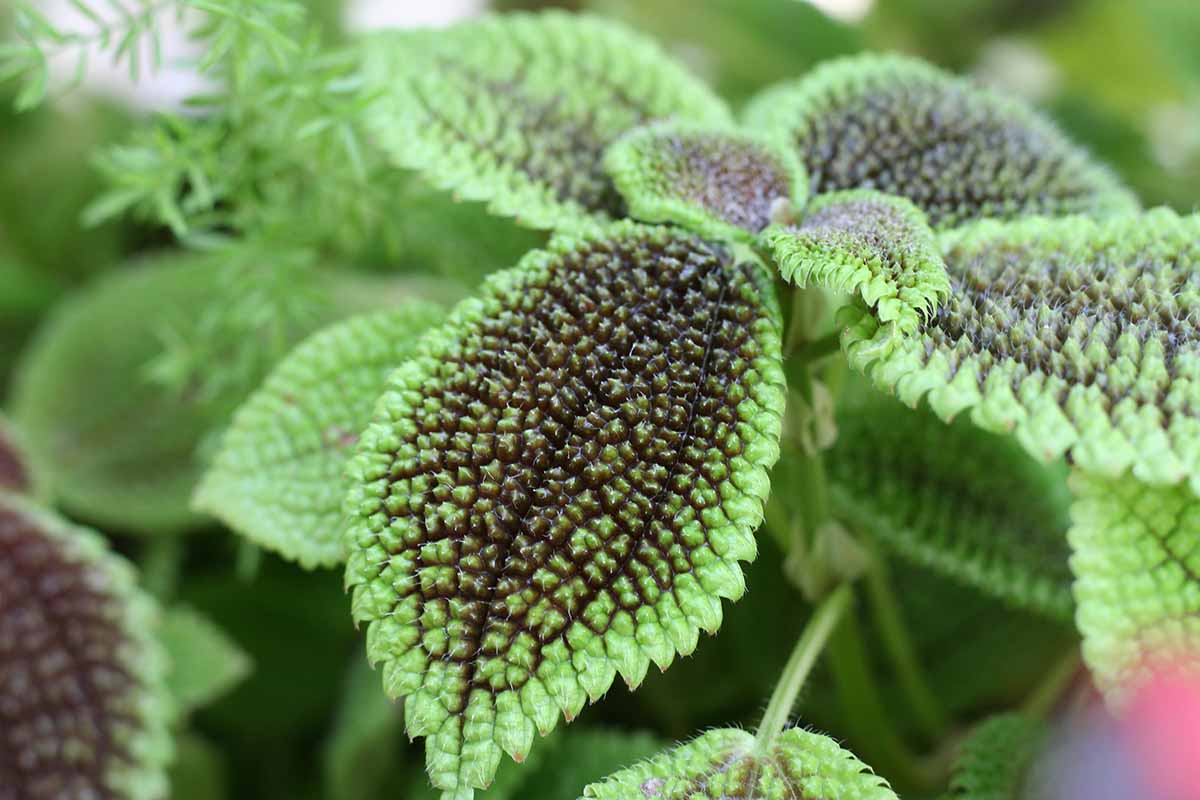
Select a container that’s about an inch wider than the root system of your transplant, and fill it with a potting soil formulated for houseplants, or a half-and-half mix of perlite and peat moss or coconut coir.
Make a hole in the media large enough for the transplant’s root system then remove the plant from its existing container.
Place the transplant into the hole you made, backfill the gaps, and then moisten the media. Congrats, you’re done!
How to Grow Friendship Plants
To show a friendship plant some friendship of its own, proper cultivation is essential.
Climate and Exposure Needs
P. involucrata must be in USDA Hardiness Zones 11 to 12 to survive outdoors. But indoors, a temperature range of 55 to 85°F is acceptable.
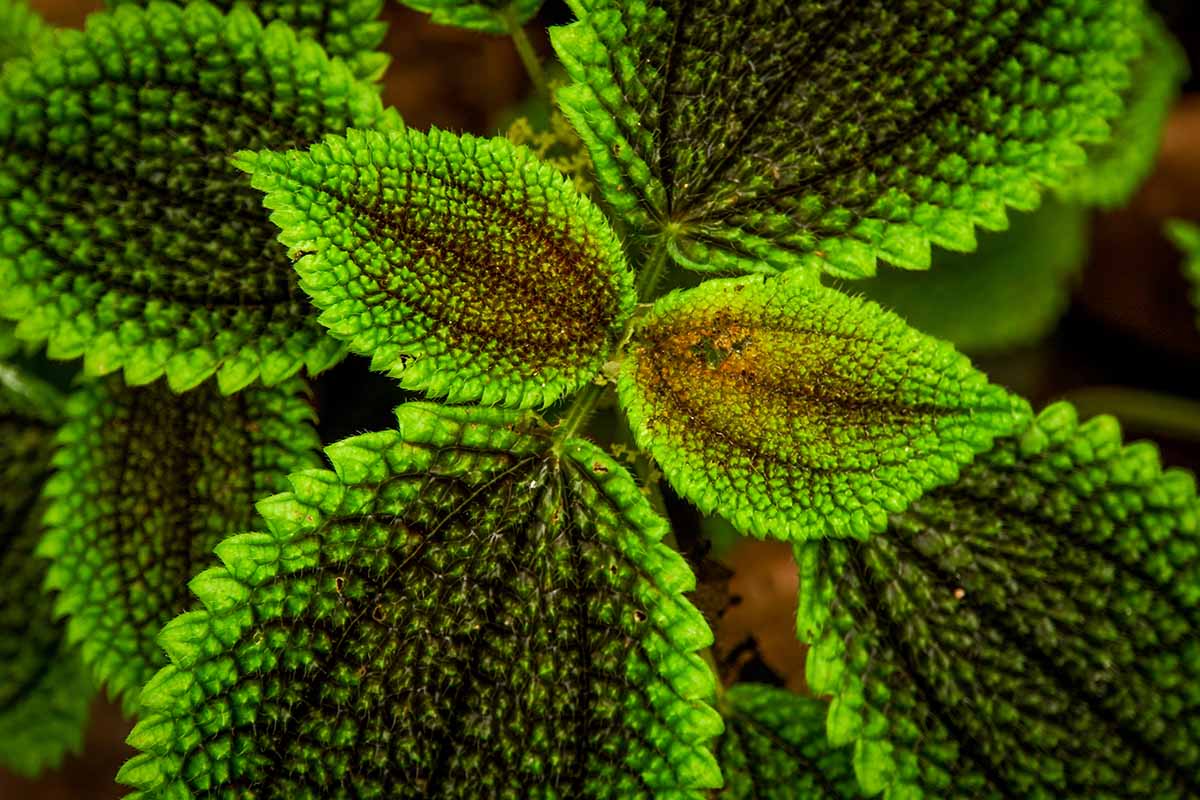
Bright, indirect light and humidity levels of over 50 percent are essential.
If your home is very dry and you need to boost the humidity, place your specimens near a humidifier or on a humidity tray filled with pebbles that are partially submerged in water.
Soil Needs
P. involucrata requires a moisture-retentive, well-draining potting medium with a pH of between 5.0 and 6.0.

Miracle-Gro Houseplant Potting Mix
Need an appropriate growing medium? Try this houseplant potting mix from Miracle-Gro, available in four-quart bags via Amazon.
Water and Fertilizer Needs
Moderate moisture is the name of the friendship-plant-watering game. Allow the top inch of soil to dry out between waterings.
During the dormancy period in fall and winter, the watering frequency will naturally go down.

Monthly applications of a balanced fertilizer, diluted to half-strength, during the growing season is ideal. There is no need for you to fertilize during dormancy, though.
Growing Tips
- Be sure to provide humid conditions.
- The ideal growing media is moisture-retaining, yet well-draining.
- Water whenever the top inch soil dries out.
Pruning and Maintenance
Whenever you notice damaged, dead, or diseased leaves and stems, you should prune them promptly.
Keeping the growing tips pinched back should encourage your specimens to grow nice and bushy.
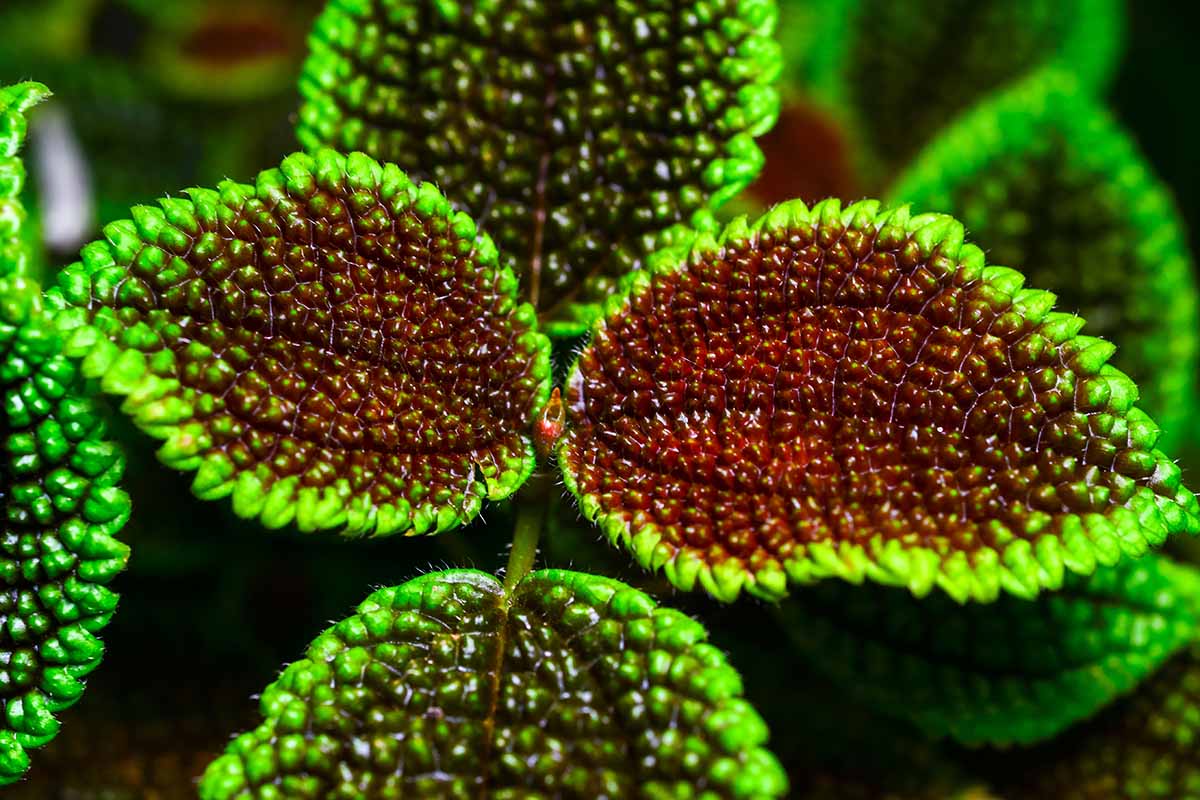
Additionally, you should divide your friendship plants or repot them into the next size of container whenever they start to outgrow their old ones, preferably in spring or summer.
To prevent transplant shock, water them 24 hours beforehand.
Where to Buy
In the houseplant world, P. involucrata isn’t as readily available as, say, a snake plant or spider plant. But if you look in the right spots, it can easily be yours.
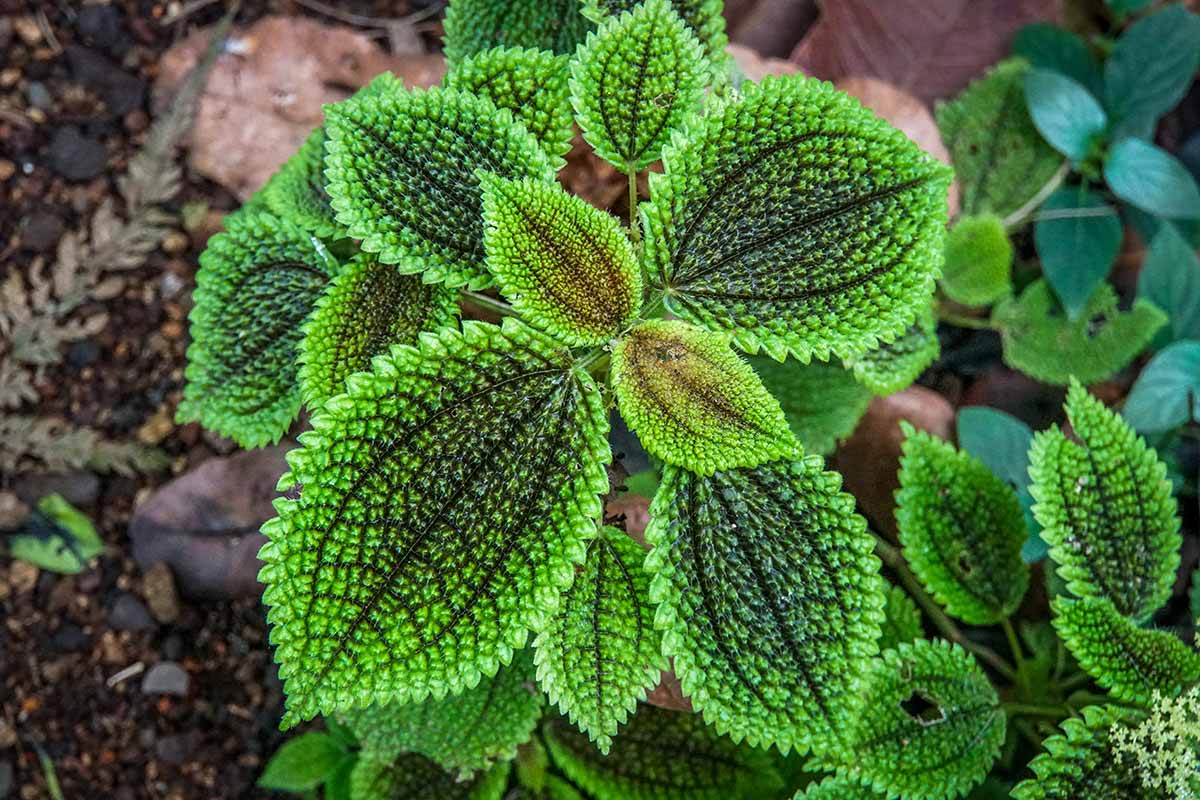
I’d first check nurseries or stores that carry tropical houseplants, whether they’re local or online. Kudos if you want to make a road trip to a faraway vendor that you know has a friendship plant in stock.
For sharable specimens of P. involucrata, reaching out to fellow green thumbs can be helpful.
Ask your friends for spare offsets or cuttings that they could float your way. And of course, you could try local plant swaps or horticultural shows!
Managing Pests and Disease
Health issues can quickly bring a houseplant to its metaphorical knees. Here are some problems that could plague your P. involucrata.
Pests
Insects sense poor health in a plant like dogs smell fear or salesmen perceive buying indecision.
Therefore, caring for your specimens properly and keeping them in tiptop health from day one can prevent a lot of problems.
Mealybugs
Covered in a trademark white and mealy wax, mealybugs are soft, segmented critters that tend to congregate in colonies on leaf and stem surfaces.
Using their piercing-sucking mouthparts, mealybugs extract vital fluids from phloems, which leads to reduced vigor and leaf drop. They also excrete honeydew as they feed, which can lead to the buildup of black sooty mold.
Small infestations can be picked off by hand. Larger ones can too, but you may prefer to use sprays of horticultural oil for those.
Monterey offers horticultural oil in ready-to-spray and concentrated forms at Arbico Organics.
Scale
Scale are round, flattened insects that come in both armored and soft-bodied forms. Typically legless, scale appear as unaesthetic clusters of slightly raised bumps on leaves and stems.
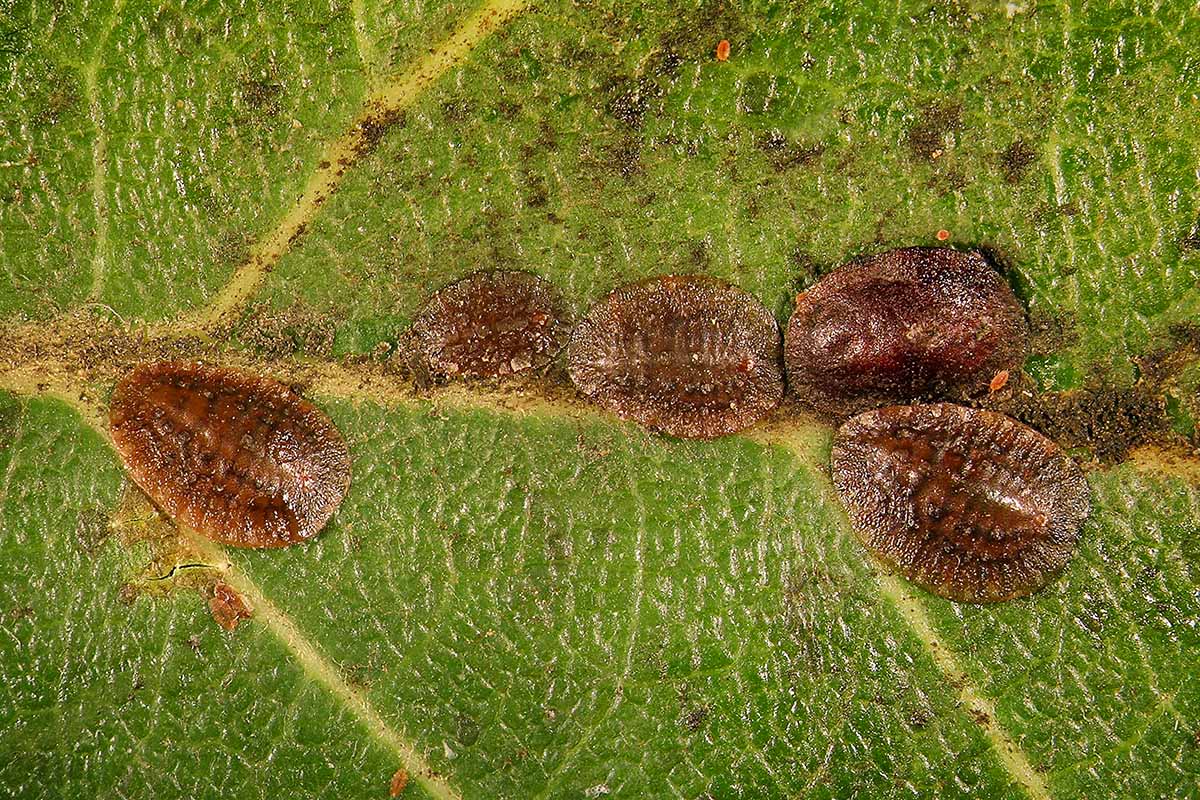
Scale feed and excrete honeydew in a similar manner to mealybugs, which also causes similar symptoms.
Control of scale is also done via hand removal and horticultural oil applications, although scale may take more finesse and/or “oomph” to remove. A toothpick can really come in handy here.
Additional tips and tricks for scale control can be found here.
Spider Mites
Spider mites are small – like, “require-a-magnifying-glass-to-see” small.
Without one, they just look like little red dots among webbed-up leaves. Under magnification, though, you can make out their eight-legged, arachnid bodies just fine.
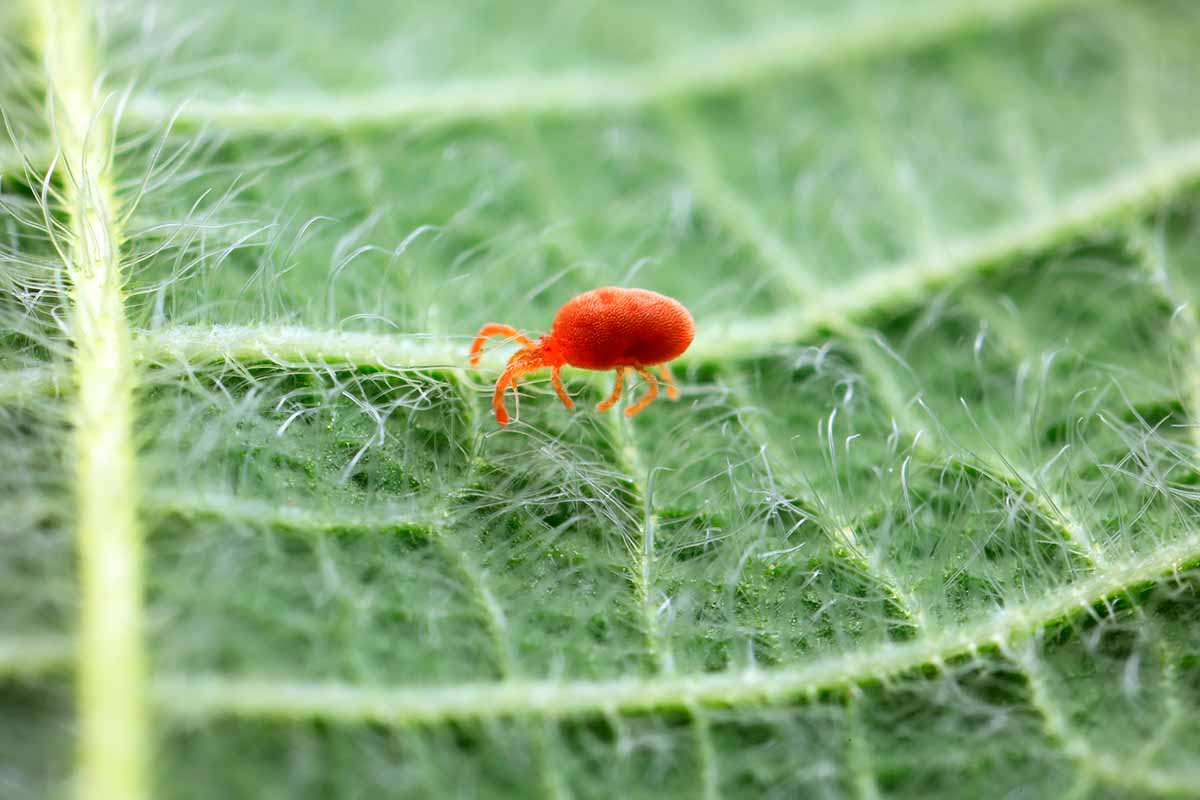
Leaving small, discolored feeding marks on leaves, spider mite infestations can also lead to foliar chlorosis, distortion, and drop.
To control them, strong sprays of water or applications of horticultural oil should do the trick.
You’ll find further pointers for dealing with spider mites in our guide.
Root Rot
Root rot is the unfortunate result of a root system not receiving enough oxygen thanks to oversaturated soil – a result of overwatering or poorly-draining potting mix.
As the roots effectively “suffocate” and become necrotic, the stems and foliage lose their base of support, exhibit symptoms like chlorosis, dieback, stunted growth, and eventually death.
Root rot is both prevented and managed by not overwatering the soil and growing your friendship plant in a well-draining potting mix.
Unpotting the specimen and pruning away any dead roots and a proportionate amount of shoot tissue can also help your specimen recover. But if it’s too far gone, it’s probably best to scrap it and start over.
Best Uses for Friendship Plants
Anywhere in your home where you can provide humidity and bright, indirect light is a solid spot for a friendship plant.
It’s pretty enough to stand out as a centerpiece, but humble enough to remain tucked away and out of the limelight.
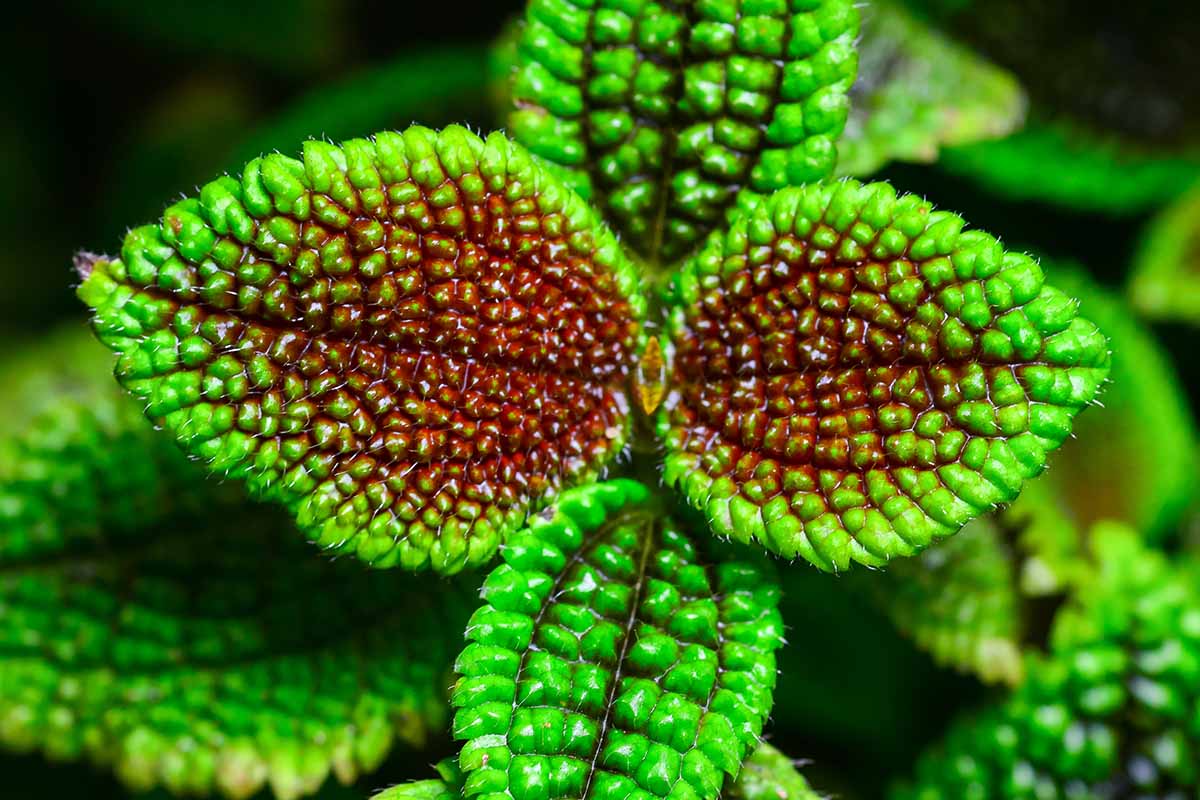
Additionally, P. involucrata is a nice addition of foliage to a terrarium, if you happen to have one. If not, here’s our guide on how to make one!
Quick Reference Growing Guide
| Plant Type: | Creeping herbaceous perennial | Flower/Foliage Color: | Green, pink/ light green, dark green, dark reddish purple |
| Native to: | Central America, South America, West Indies | Water Needs: | Moderate |
| Hardiness (USDA Zone): | 11-12 | Maintenance: | Low |
| Bloom Time/Season: | Spring | Tolerance: | Moderate drought |
| Exposure: | Bright, indirect light | Soil Type: | Rich, moist |
| Time to Maturity: | 3-5 years | Soil pH: | 5.0-6.0 |
| Soil Drainage: | Well-draining | ||
| Planting Depth: | Depth of root system (transplants) | Uses: | Foliar interest, houseplant for well-lit spaces |
| Height: | 6-12 inches | Family: | Urticaceae |
| Spread: | 3-12 inches | Genus: | Pilea |
| Common Pests and Disease: | Mealybugs, scale, spider mites; root rot | Species: | Involucrata |
Strike Up Those Friendships!
Now that you have some friendship plant know-how, there’s nothing stopping you from scoring some new buds, pals, chums, and the like.
With a bunch of sharable P. involucrata in hand, everyone will want to make your acquaintance.

Friend-scoring powers aside, the friendship plant is simply delightful to have in a houseplant lineup. Props to you for unlocking its secrets!
Curious about other aspects of P. involucrata care? Have any questions about what’s been already discussed? Consider the comments section below your megaphone.
Want more leafy and lovely houseplants? Then these guides will surely hit the spot:

